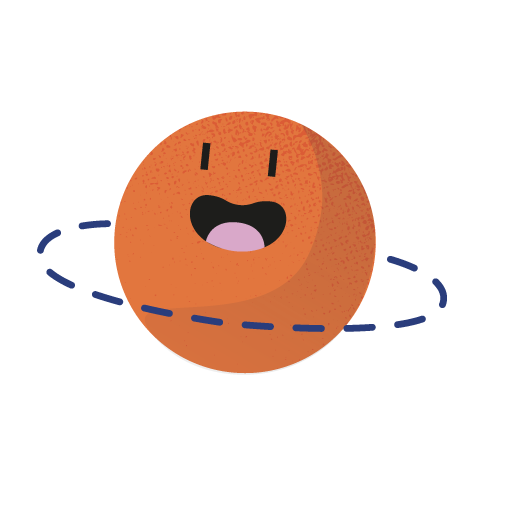TRACCIA AUDIO BENVENUTE E BENVENUTI AL MU-CH!
WELCOME TO MU-CH!
Matter, which generates so much wonder, is the star of this museum.
Here it will be possible to touch and shape it, to understand its hidden secrets through experimentation and following the thread of curiosity. A path made of stories, concepts, amazing effects, and curious experiments, so that through amazement and play the visitor can understand the basics of chemistry and leave with more questions than he entered with.
[Alessio Scaboro, Mu-Ch curator].
In the collective imagination, the chemist is the stereotype of the mad scientist, and chemistry is often perceived as something harmful and dangerous since the peculiarity of chemistry is that it is a science and an industry with the same name. To consider chemistry only as negative, however, is incorrect.
Thanks to the chemistry we have drugs to cure ourselves, fertilizers to increase agricultural production, and detergents to improve hygienic conditions. Like any science and human activity, chemistry can bring benefits and risks.
Let’s start here with some history and concepts.
Modern chemistry was born with the adoption of the scientific method developed by Galileo Galilei. But the real starting point of this discipline is the work of Antoine-Laurent de Lavoisier, who, using the scientific method and the balance in a systematic way, concluded that:
“in any chemical reaction, the mass of the products of the reaction is equal to the mass of the
reactants”.
This statement is called the law of conservation of mass and is the law on which chemistry is based. In practice, he realized, by carefully noting the weights of the substances involved before and after a chemical reaction (i.e. a transformation of matter), that the weights were the same. Nothing had been created anew and nothing had been destroyed.
The letters with which chemistry is written are the chemical elements.
And the alphabet of chemistry is the periodic table, the basic language of chemistry.
The first to put the chemical elements in order according to the characteristics then known was Dmitry I. Mendeleev. He noticed that elements with similar characteristics occurred with a constant periodicity, and enunciated the following law:
“The properties of the elements recur periodically as the atomic mass increases”.
He was so convinced of his table that he left gaps where no known element could fit, and predicted the discovery of new elements at those gaps: ‘Keep looking, gentlemen chemists and geologists,’ he repeated with a mocking air, ‘and you will find them.
It was thanks to the discovery of gallium by Francois Lecoq, which had the name ‘eka-aluminium’ in
the gaps in Mendeleev’s table, that the great potential of the periodic table was confirmed.

“Hello, welcome to MU-CH!
Are you ready to discover the world around us through fun experiments and games? To explore the museum you only need one very important tool: curiosity!
Be curious, ask questions and look for answers among the machines in the museum, you will see that in addition to having fun you will learn many things! Have a good trip…


Stay In Touch